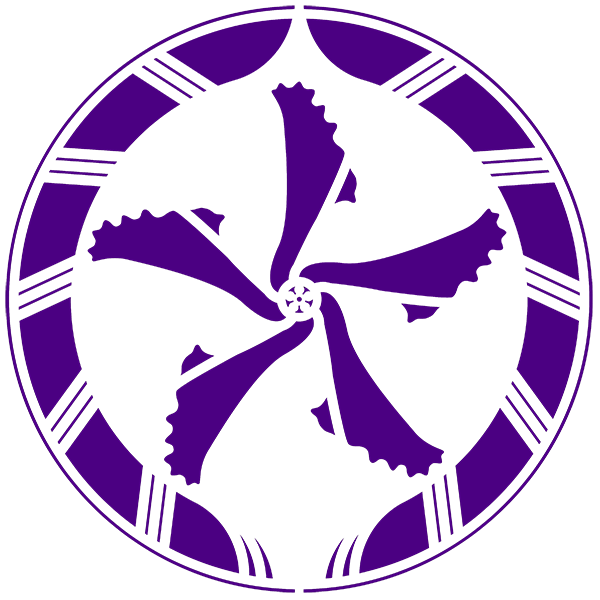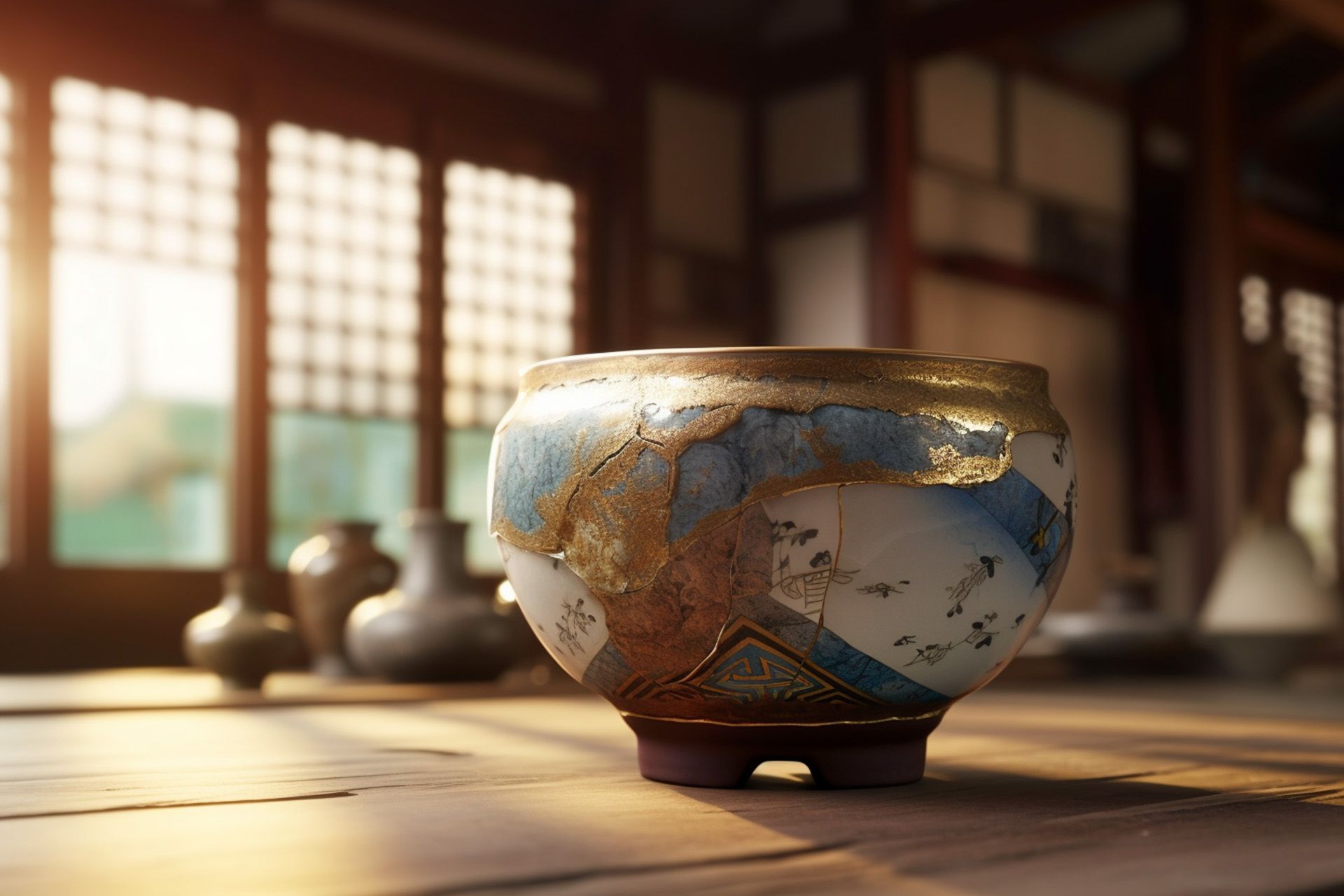
From artificial to artisanal intelligence
Unless you’ve been living under a rock, anything Artificial Intelligence (AI) related is top of the newscycle. Even my local florist will go to great lengths to share his thoughts on how AI is going to either make us miserable or be the end of the human race.
However, beyond all the hype and doomsday by improvised soothsayers, I’m interested in looking at AI through the lens of craft and design. The conversation about it often lacks two dimensions: 1) how can natural and artificial intelligence work together and 2) what real value it could bring into the world outside technology and business speculation.
I use the term natural intelligence to represent that of humans, not just what happens in the mind but what’s embedded in the body, like tacit knowledge. I also use natural intelligence to refer to that of Gaia, the natural world seen as a giant organism.
What makes a spoon a spoon?
In 2022 Matteo Loglio and Simone Rebaudengo from oio.studio launched an experiment to explore how different forms of intelligence could work together to create something, for example a spoon. The result was the Spawns collection, real silver plated spoons co-designed by a series of algorithmic digital tools, a jewellery designer and an Italian silverware factory. They call this human-machine collaboration Artisanal Intelligence.
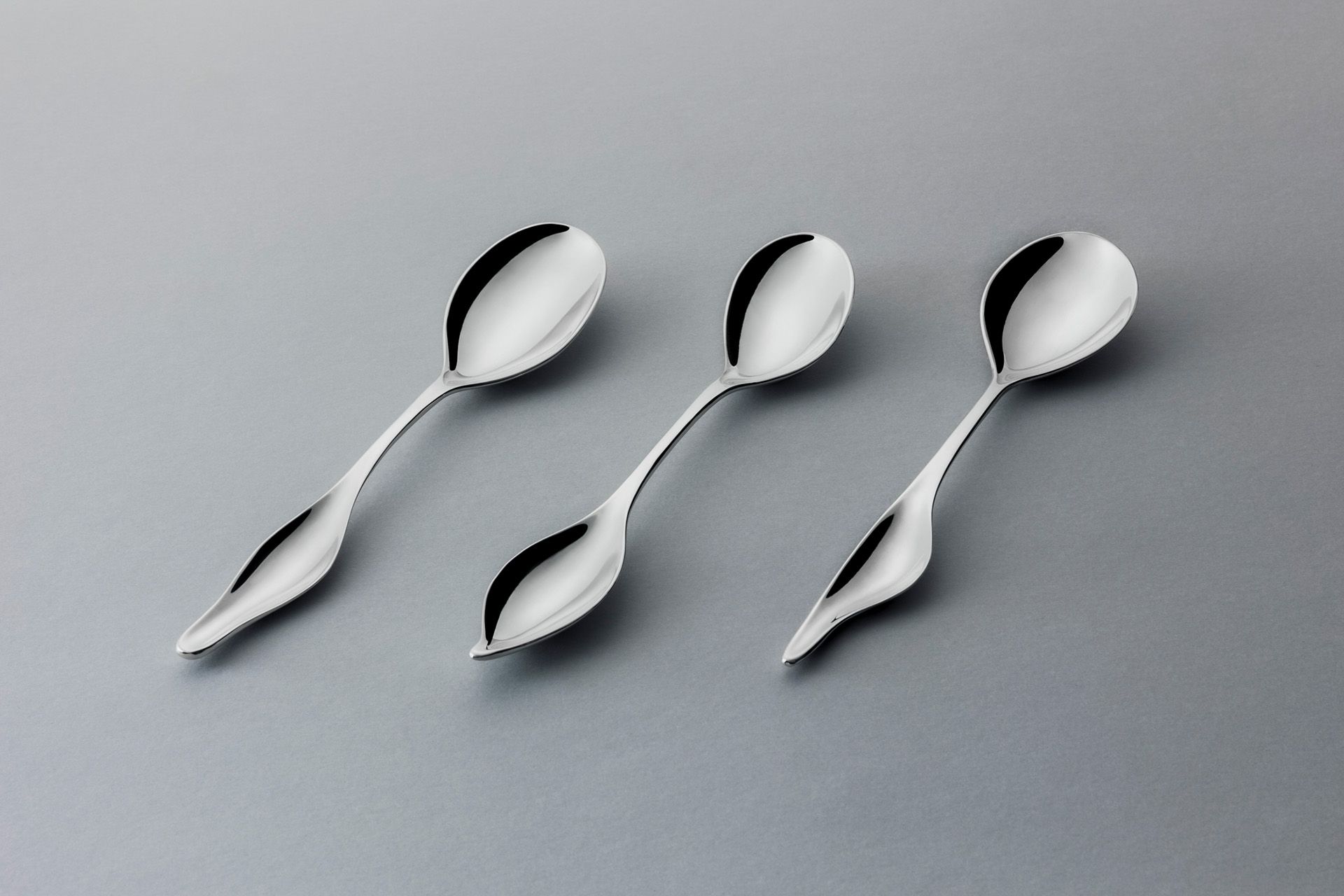
The process from ideation to final product revealed how much human intervention and decision making is often hidden behind things allegedly created by AI, and I would posit that’s especially true with objects for human use, where natural intelligence becomes an indispensable step in the creation process.
For oio, the starting point was to create a visual database of spoons to teach an algorithm (- a GAN, or generative adversarial network - what a spoon is. They then created another tool to determine how much of a spoon - the “spoonness factor” - a certain object is. This was followed by human curation to select the most interesting outcomes. These 2D images were then transformed into 3D digital designs that would be shared with the silverware makers.
The experience of the craftspeople was invaluable to create a spoon that was usable rather than just an artistic artefact. It was not just about how well it would perform its function but also adapting the shape based on how it would feel in the hand, the weight balance and the aesthetics, details that are not negligible when considering human users.
For a detailed description of the Spawns collection:
- spawns.pages.dev
- designforam.com/p/artisanal-intelligence-vs-artificial
- videos.theconference.se/simone-rebaudengo-artificial
Tools that extend our abilities
Since the invention of rudimentary stone tools and the domestication of fire millions of years ago, humans have always relied on tools to shape the environment they live in. In that respect, AI could be seen just as another instrument in the human toolbox. What differentiates it from things like a hammer or the kind of computer-aided-design (CAD) software that we’ve been using for the last few decades is that until recently our tools were a straightforward extension of our body and in some occasions our mind. They were tools that we fully understood how they function and how to put them to good use. The challenge that AI presents is that it could extend our minds into realms we don’t yet understand and, maybe one day - and here’s where most of the anxiety lies - might even extend our souls, a feature that has been so far reserved to all sorts of supernatural gods.
In craftsmanship, different kinds of knowledge are already at play. Intellectual knowledge residing in our brain and tacit knowledge residing in our body. What AI adds is the possibility for a different, non-human kind of intelligence to have a role.
Third generation master woodworker Shuji Nakagawa once told me that he used traditional wood planes not because he disliked using machines, but because so far he hasn’t found one that could do the job better than a skilled craftsperson. However, he’s already using software to design variations of the traditional ki-oke, the wooden barrel used for storing miso or rice, that are too difficult if not impossible to design by a human mind alone.
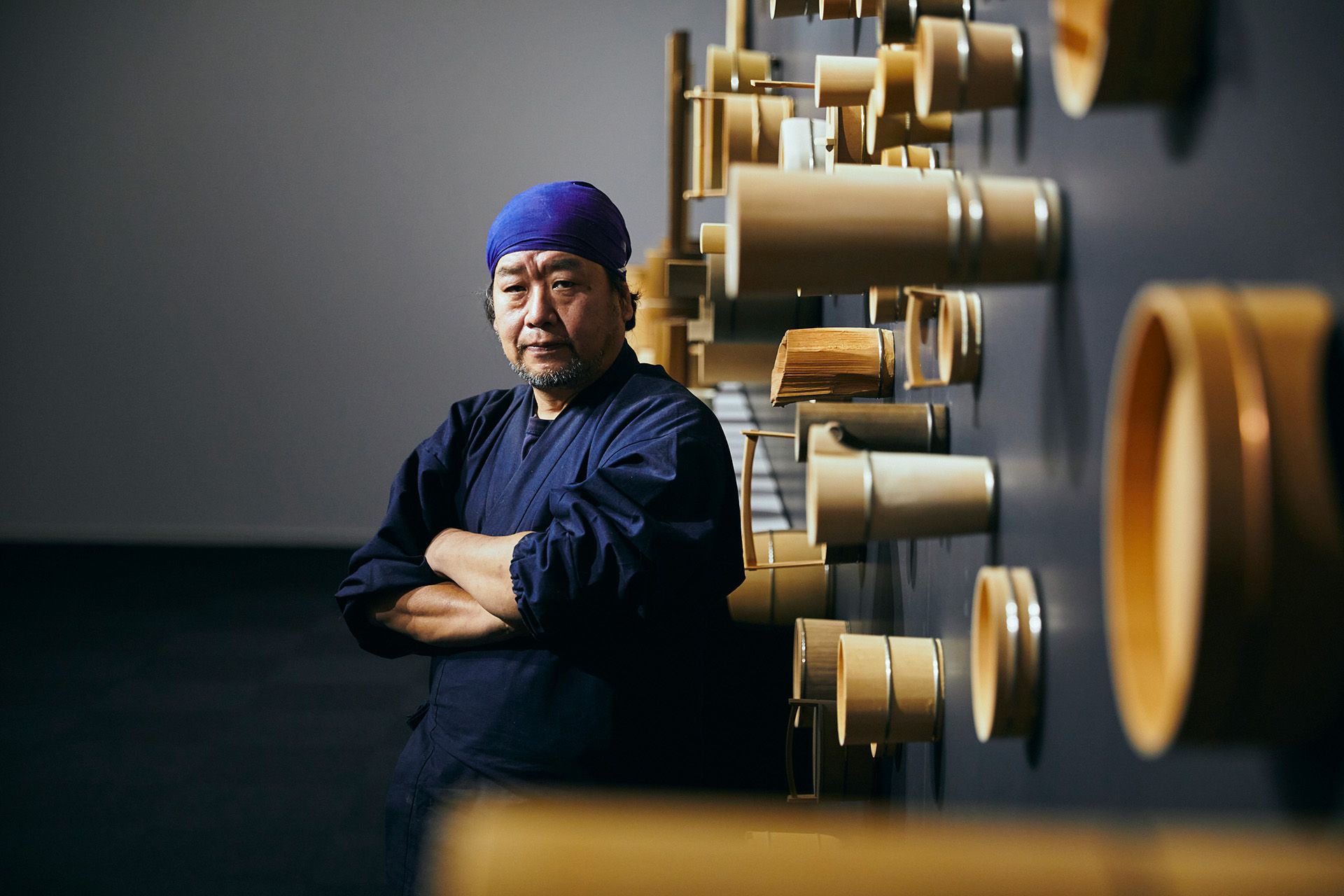
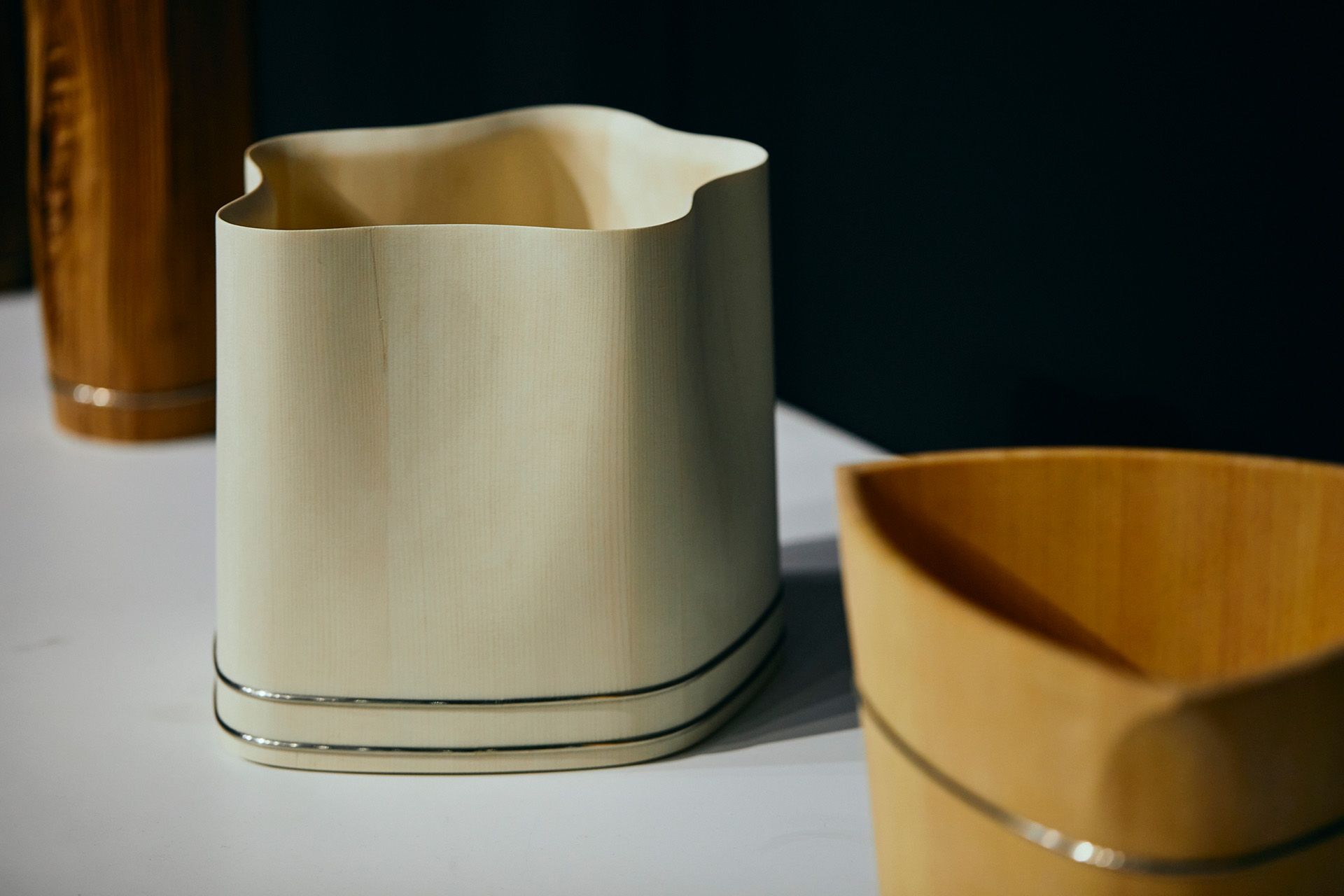
Why we create
What often gets lost in the current narrative about AI is the why we do what we do. The act of creation, of bringing something into this world that didn’t exist before is not just a transactional act to favour convenience or reduce friction. We create because it’s a way to manifest our humanity, to understand the world and our role in it, and to connect with fellow humans. Removing that creation from our beings, outsourcing it onto another entity - in this case AI - because it can make it easier or even better is to miss the point completely. As musician and poet Nick Cave commented to song lyrics created using AI tool ChatGPT to imitate his style:
Songs arise out of suffering, by which I mean they are predicated upon the complex, internal human struggle of creation and, well, as far as I know, algorithms don’t feel. Data doesn’t suffer. ChatGPT has no inner being, it has been nowhere, it has endured nothing, it has not had the audacity to reach beyond its limitations, and hence it doesn’t have the capacity for a shared transcendent experience, as it has no limitations from which to transcend. ChatGPT’s melancholy role is that it is destined to imitate and can never have an authentic human experience, no matter how devalued and inconsequential the human experience may in time become.

Cave went on to describe the bond between the creator and the user:
What makes a great song great is not its close resemblance to a recognizable work. Writing a good song is not mimicry, or replication, or pastiche, it is the opposite. It is an act of self-murder that destroys all one has strived to produce in the past. It is those dangerous, heart-stopping departures that catapult the artist beyond the limits of what he or she recognises as their known self. This is part of the authentic creative struggle that precedes the invention of a unique lyric of actual value; it is the breathless confrontation with one’s vulnerability, one’s perilousness, one’s smallness, pitted against a sense of sudden shocking discovery; it is the redemptive artistic act that stirs the heart of the listener, where the listener recognizes in the inner workings of the song their own blood, their own struggle, their own suffering. This is what we humble humans can offer, that AI can only mimic, the transcendent journey of the artist that forever grapples with his or her own shortcomings. This is where human genius resides, deeply embedded within, yet reaching beyond, those limitations.
I encourage you to read Nick Cave’s full answer here: theredhandfiles.com/chat-gpt-what-do-you-think
A song or a poem created by AI could fool us into appreciating them because we pour our thoughts and emotions into something we believe was created by other humans. However, in this domain there is no absolute best. If we knew that the perfect love song was created without human intervention (something currently not possible as these algorithms are trained using songs created by humans), would we be able to relate with it? A story of love and loss by Nick Cave touches you because of the human emotion in it, not because of some absolute golden ratio of songwriting.
People caring about people
In his keynote “Design in Tech 2023: Design and Artificial Intelligence”, technologist and designer John Maeda makes the point that designers, and I would add that this applies to craftspeople too, “tend to care about people as people, Instead of just as prospects or customers.” He also resurfaced something I had once read at an exhibition at the V&A Museum in London:
“[William] Morris was not entirely against the use of machines, but felt that the division of labour – a system designed to increase efficiency, in which the manufacture of an object was broken into small, separate tasks, meaning individuals had a very weak relationship with the results of their labour – was a move in the wrong direction.” - Source: V&A introduction to theArts and Crafts movement
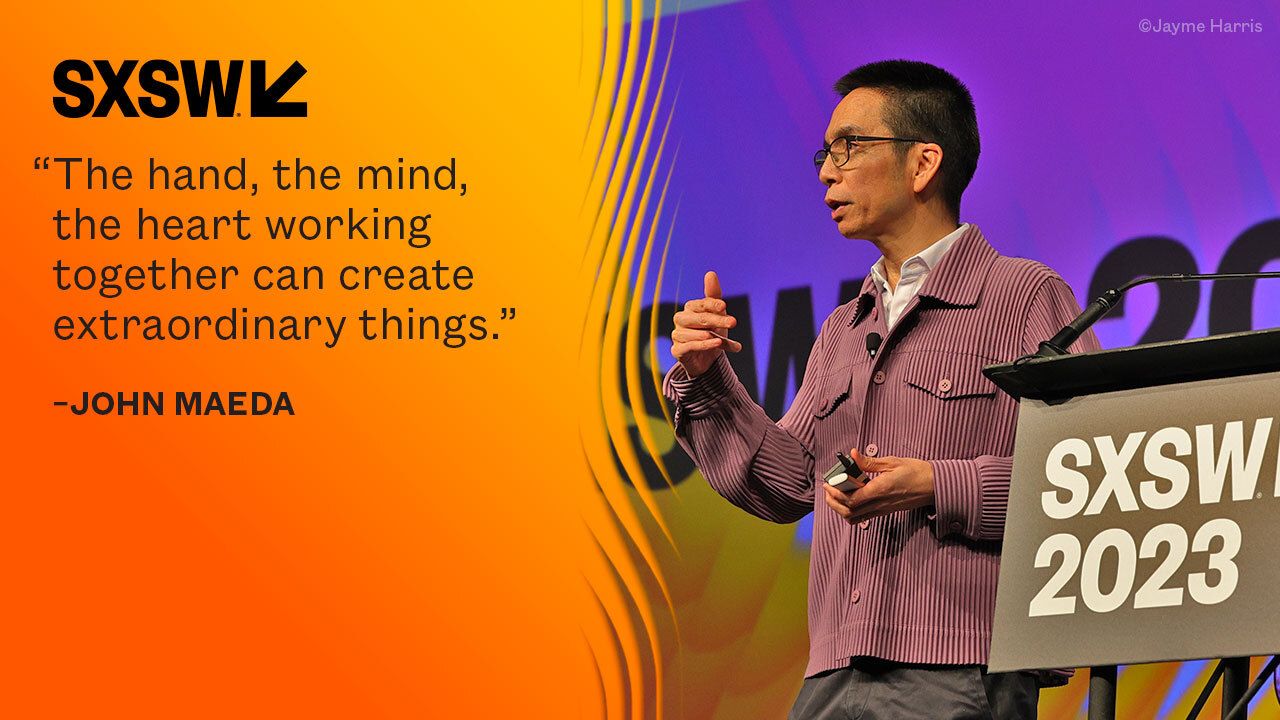
Coda
What I like from oio’s take on artisanal intelligence is that it’s about co-existence with, and not replacement by, other forms of intelligence. I’m excited to see how (if) craftspeople might embrace artificial intelligence and how it might allow us to develop our natural intelligence further by creating things (objects, ideas, environments) that make life better, not just for humans but for Gaia as a whole.

